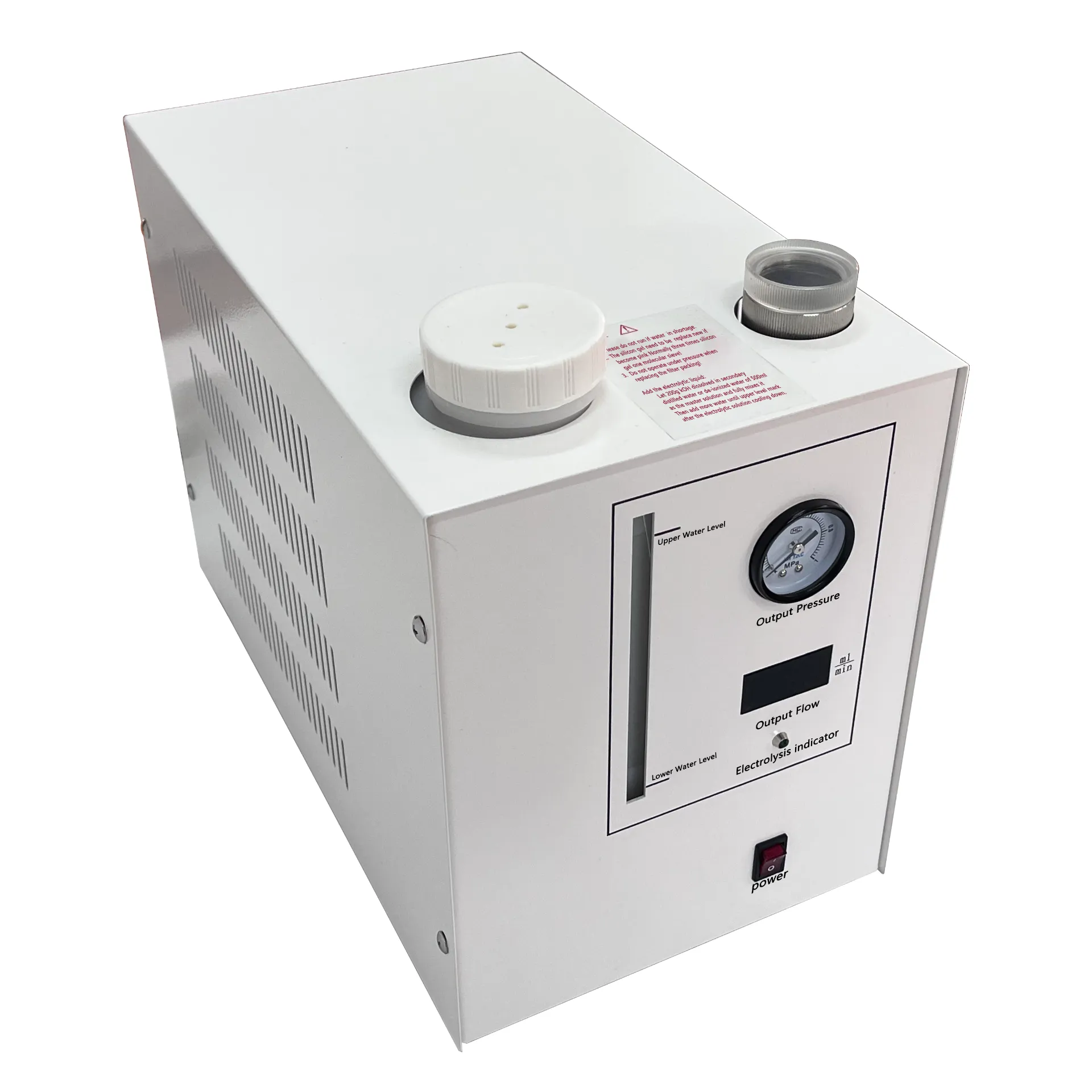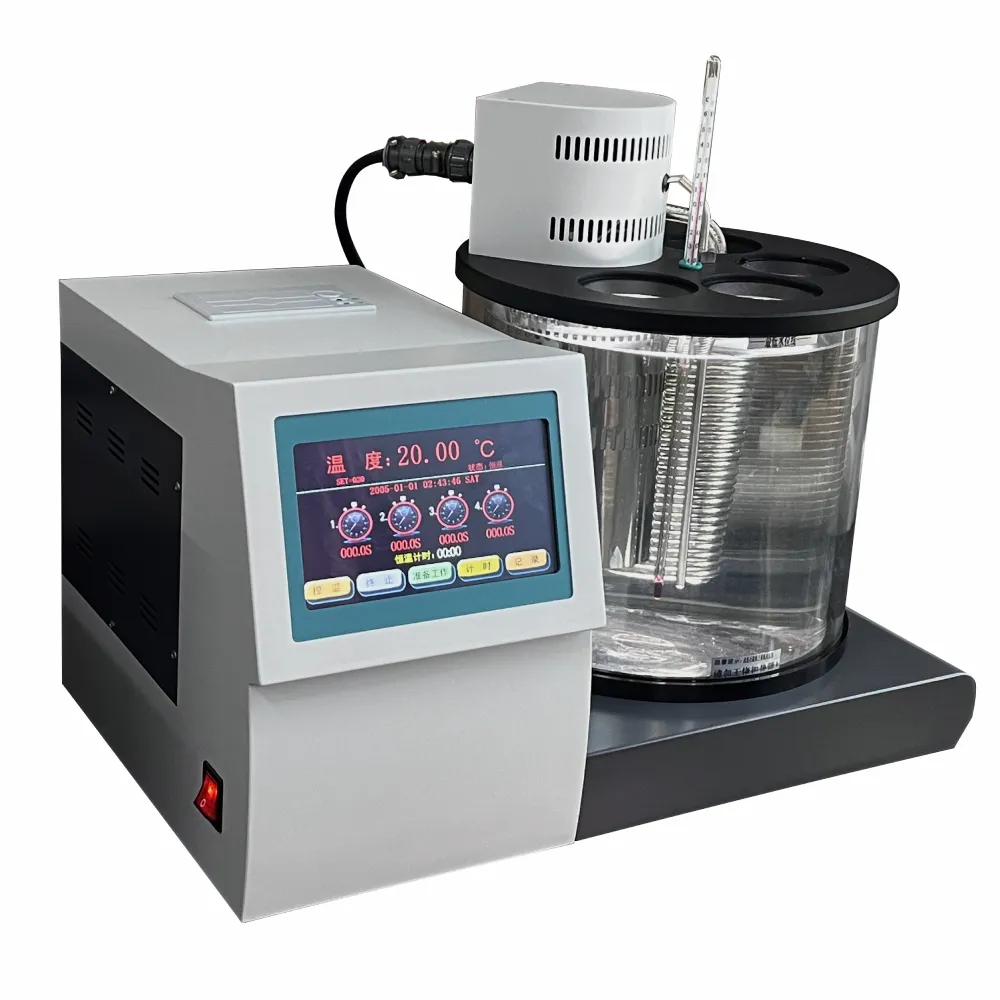TEL:
+86-0312-3189593
 English
English

Telephone:0312-3189593

Email:sales@oil-tester.com

-
 Afrikaans
Afrikaans -
 Albanian
Albanian -
 Amharic
Amharic -
 Arabic
Arabic -
 Armenian
Armenian -
 Azerbaijani
Azerbaijani -
 Basque
Basque -
 Belarusian
Belarusian -
 Bengali
Bengali -
 Bosnian
Bosnian -
 Bulgarian
Bulgarian -
 Catalan
Catalan -
 Cebuano
Cebuano -
 China
China -
 China (Taiwan)
China (Taiwan) -
 Corsican
Corsican -
 Croatian
Croatian -
 Czech
Czech -
 Danish
Danish -
 Dutch
Dutch -
 English
English -
 Esperanto
Esperanto -
 Estonian
Estonian -
 Finnish
Finnish -
 French
French -
 Frisian
Frisian -
 Galician
Galician -
 Georgian
Georgian -
 German
German -
 Greek
Greek -
 Gujarati
Gujarati -
 Haitian Creole
Haitian Creole -
 hausa
hausa -
 hawaiian
hawaiian -
 Hebrew
Hebrew -
 Hindi
Hindi -
 Miao
Miao -
 Hungarian
Hungarian -
 Icelandic
Icelandic -
 igbo
igbo -
 Indonesian
Indonesian -
 irish
irish -
 Italian
Italian -
 Japanese
Japanese -
 Javanese
Javanese -
 Kannada
Kannada -
 kazakh
kazakh -
 Khmer
Khmer -
 Rwandese
Rwandese -
 Korean
Korean -
 Kurdish
Kurdish -
 Kyrgyz
Kyrgyz -
 Lao
Lao -
 Latin
Latin -
 Latvian
Latvian -
 Lithuanian
Lithuanian -
 Luxembourgish
Luxembourgish -
 Macedonian
Macedonian -
 Malgashi
Malgashi -
 Malay
Malay -
 Malayalam
Malayalam -
 Maltese
Maltese -
 Maori
Maori -
 Marathi
Marathi -
 Mongolian
Mongolian -
 Myanmar
Myanmar -
 Nepali
Nepali -
 Norwegian
Norwegian -
 Norwegian
Norwegian -
 Occitan
Occitan -
 Pashto
Pashto -
 Persian
Persian -
 Polish
Polish -
 Portuguese
Portuguese -
 Punjabi
Punjabi -
 Romanian
Romanian -
 Russian
Russian -
 Samoan
Samoan -
 Scottish Gaelic
Scottish Gaelic -
 Serbian
Serbian -
 Sesotho
Sesotho -
 Shona
Shona -
 Sindhi
Sindhi -
 Sinhala
Sinhala -
 Slovak
Slovak -
 Slovenian
Slovenian -
 Somali
Somali -
 Spanish
Spanish -
 Sundanese
Sundanese -
 Swahili
Swahili -
 Swedish
Swedish -
 Tagalog
Tagalog -
 Tajik
Tajik -
 Tamil
Tamil -
 Tatar
Tatar -
 Telugu
Telugu -
 Thai
Thai -
 Turkish
Turkish -
 Turkmen
Turkmen -
 Ukrainian
Ukrainian -
 Urdu
Urdu -
 Uighur
Uighur -
 Uzbek
Uzbek -
 Vietnamese
Vietnamese -
 Welsh
Welsh -
 Bantu
Bantu -
 Yiddish
Yiddish -
 Yoruba
Yoruba -
 Zulu
Zulu
Feb . 20, 2025 03:14
Back to list
types of tap changing transformer
In the world of electrical engineering, tap-changing transformers play a pivotal role in ensuring the stability and efficiency of power distribution networks. These transformers, with their distinct ability to adjust voltage levels, are paramount in both industrial and residential applications. This article delves deeply into the various types of tap-changing transformers, providing insights based on extensive expertise and real-world experiences. The information shared herein is reliable, authoritative, and crafted to enhance your understanding of these transformers which are critical to modern infrastructure.
4. Static Tap Changing Transformers Static tap changers are an innovative solution resulting from advances in power electronics. By leveraging semiconductor switches instead of mechanical parts, these transformers enable rapid voltage adjustments. The absence of mechanical wear results in prolonged durability and significantly reduces maintenance needs. Ideal for environments where uptime and efficiency are critical, such as data centers or critical infrastructure sectors. Static tap changers exemplify the push towards smarter, more efficient electrical systems, embodying the integration of traditional power systems with digital technology. 5. Hybrid Tap Changing Transformers Combining the strengths of mechanical and electronic systems, hybrid tap changing transformers offer versatile solutions. These transformers customize their design and operation according to specific requirements, whether it’s the robust, tried-and-tested mechanical methods or the swift, precise adjustments provided by electronic tap changers. Hybrid models are particularly favored in environments that demand both durability and agility, such as high-tech manufacturing plants or research facilities. They provide an optimal balance of cost, performance, and minimized downtime. In summary, the choice of a tap-changing transformer is critically influenced by factors such as the necessary level of voltage regulation, budget constraints, application specificity, and the acceptable frequency of power interruptions. Understanding these transformers' intricate functionalities empowers decision-makers to implement solutions that align with operational goals and ensure the dependable transmission and distribution of electricity. Reliable vendors and manufacturers provide comprehensive guidelines and after-sales support for these transformers, ensuring their seamless integration into existing infrastructures. When selecting a transformer type, consultation with electrical engineers and thorough research on the specific application requirements are advisable to optimize operational efficiency and ensure safety. The ever-evolving landscape of power distribution continues to benefit from innovations in tap-changing transformer technology, providing more intelligent, efficient, and flexible solutions to power management challenges. As the world leans towards more sustainable and reliable energy sources, these transformers will undoubtedly remain at the forefront of electrical distribution systems.


4. Static Tap Changing Transformers Static tap changers are an innovative solution resulting from advances in power electronics. By leveraging semiconductor switches instead of mechanical parts, these transformers enable rapid voltage adjustments. The absence of mechanical wear results in prolonged durability and significantly reduces maintenance needs. Ideal for environments where uptime and efficiency are critical, such as data centers or critical infrastructure sectors. Static tap changers exemplify the push towards smarter, more efficient electrical systems, embodying the integration of traditional power systems with digital technology. 5. Hybrid Tap Changing Transformers Combining the strengths of mechanical and electronic systems, hybrid tap changing transformers offer versatile solutions. These transformers customize their design and operation according to specific requirements, whether it’s the robust, tried-and-tested mechanical methods or the swift, precise adjustments provided by electronic tap changers. Hybrid models are particularly favored in environments that demand both durability and agility, such as high-tech manufacturing plants or research facilities. They provide an optimal balance of cost, performance, and minimized downtime. In summary, the choice of a tap-changing transformer is critically influenced by factors such as the necessary level of voltage regulation, budget constraints, application specificity, and the acceptable frequency of power interruptions. Understanding these transformers' intricate functionalities empowers decision-makers to implement solutions that align with operational goals and ensure the dependable transmission and distribution of electricity. Reliable vendors and manufacturers provide comprehensive guidelines and after-sales support for these transformers, ensuring their seamless integration into existing infrastructures. When selecting a transformer type, consultation with electrical engineers and thorough research on the specific application requirements are advisable to optimize operational efficiency and ensure safety. The ever-evolving landscape of power distribution continues to benefit from innovations in tap-changing transformer technology, providing more intelligent, efficient, and flexible solutions to power management challenges. As the world leans towards more sustainable and reliable energy sources, these transformers will undoubtedly remain at the forefront of electrical distribution systems.
Previous:
Latest news
-
Testing Equipment Industry Sees Major Advancements in 2025: Smart & Precision Technologies Lead the WayNewsJun.06,2025
-
Applications of Direct Current Generators in Renewable Energy SystemsNewsJun.05,2025
-
Hipot Tester Calibration and Accuracy GuidelinesNewsJun.05,2025
-
Digital Circuit Breaker Analyzer Features and BenefitsNewsJun.05,2025
-
Benefits of Real-Time Power Quality Monitoring Devices for Industrial EfficiencyNewsJun.05,2025
-
Earth Fault Loop Testing in High-Rise Building Electrical SystemsNewsJun.05,2025



